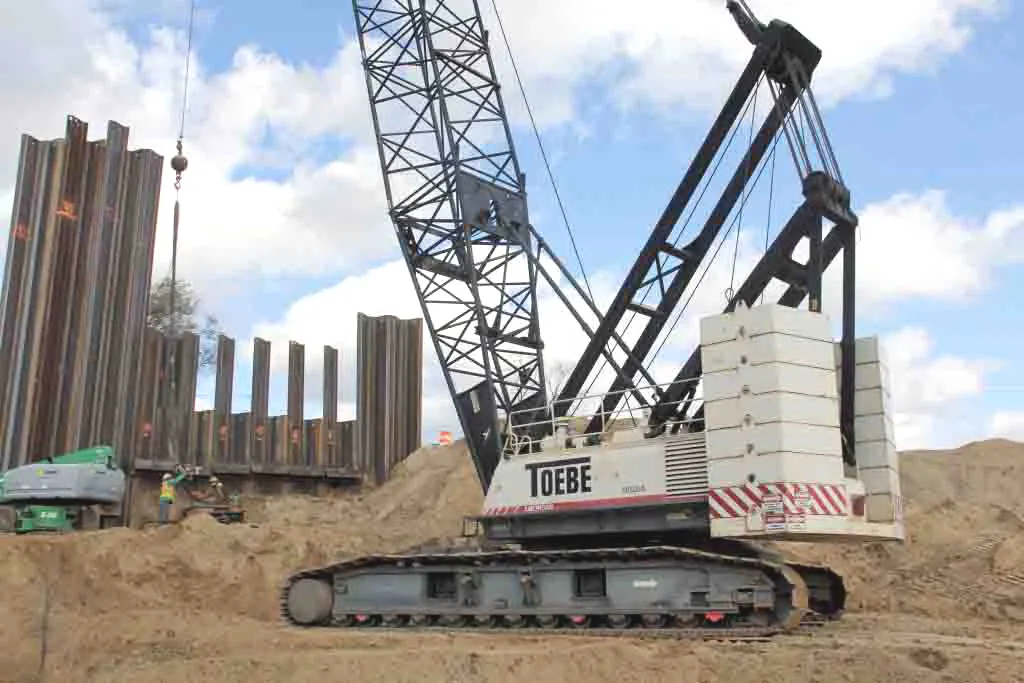The
This report states that while there were 2,574 fewer structurally deficient bridges in 2015 compared to the number in 2014, there are still 58,500 on the structurally deficient list. Worse still, at the current pace of bridge investment it will take at least 21 years before these bridges are all replaced or upgraded. Those are among the key findings in a new analysis of the US Department of Transportation’s recently-released 2015 National Bridge Inventory database.
The annual review of state bridge data collected by the federal agency notes that if placed end-to-end, the deck surface of the nation’s structurally deficient bridges would stretch 2,144km. ARTBA found that about 9.5% of the 610,000 or so bridges in the US are classified as structurally deficient. However, cars, trucks, school buses and emergency vehicles cross these deficient structures nearly 204 million times/day.
To help ensure safety, bridge decks and support structures are regularly inspected by the state transportation departments for deterioration and remedial action. They are rated on a scale of zero to nine – with nine meaning the bridge is in excellent condition. A bridge is classified as structurally deficient and in need of repair if its overall rating is four or below. Unfortunately, the funding made available to state and local transportation departments for bridge work is not keeping pace with needs.
While these bridges may not be imminently unsafe, the purpose of the report, the association said, is to help educate the public and policymakers that they have structural deficiencies that need repair.
Almost all of the 250 most heavily crossed structurally deficient bridges are on urban highways, particularly in California. Nearly 85% were built before 1970.
Iowa (5,025), Pennsylvania (4,783), Oklahoma (3,776), Missouri (3,222), Nebraska (2,474), Kansas (2,303), Illinois (2,244), Mississippi (2,184), North Carolina (2,085) and California (2,009) have the most structurally deficient bridges, the analysis found. The District of Columbia (10), Nevada (35), Delaware (48), Hawaii (60) and Utah (95) have the least. At least 15% of the bridges in eight states – Rhode Island (23%), Pennsylvania (21%), Iowa (21%), South Dakota (20%), Oklahoma (16%), Nebraska (16%), North Dakota (16%) and West Virginia (15%) – fall in the structurally deficient category.
“Every year we have new bridges move on the list as structures deteriorate, or move off the list as improvements are made,” said Dr Alison Premo Black, ARTBA’s chief economist, who conducted the analysis. In the 2015 report, there were 4,625 structurally deficient bridges that were not so classified in 2014, she said. On the positive side, about 7,200 bridges classified as structurally deficient in 2014 were repaired, replaced, rebuilt or removed from the 2015 inventory. The net effect, Black explained, is a slow national reduction in the overall number of structurally deficient structures.
Black noted the recently-enacted five-year federal highway and transit law provides a modest increase in funding for bridge repairs. But “the funding made available won’t come close to making an accelerated national bridge repair program possible,” she said. “It’s going to take major new investments by all levels of government to move toward eliminating the huge backlog of bridge work in the United States.”
State specific bridge information from the analysis – including rankings and the locations of the 250 most heavily travelled structurally deficient bridges in the nation and top 25 most heavily travelled in each state – is available from ARTBA.
ARTBA highlights US bridge issues
The American Road & Transportation Builders Association (ARTBA) is calling for more bridge repairs in the US. There are still too many structurally deficient bridges in the country according to a recent analysis. This report states that while there were 2,574 fewer structurally deficient bridges in 2015 compared to the number in 2014, there are still 58,500 on the structurally deficient list. Worse still, at the current pace of bridge investment it will take at least 21 years before these bridges are all r
May 10, 2016
Read time: 3 mins







